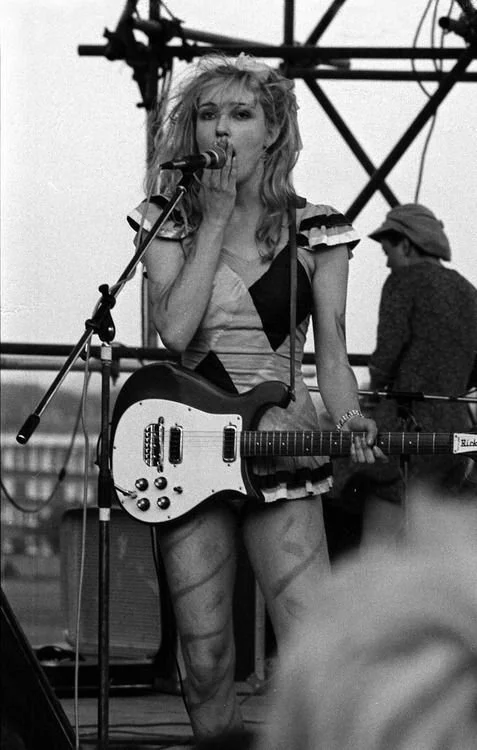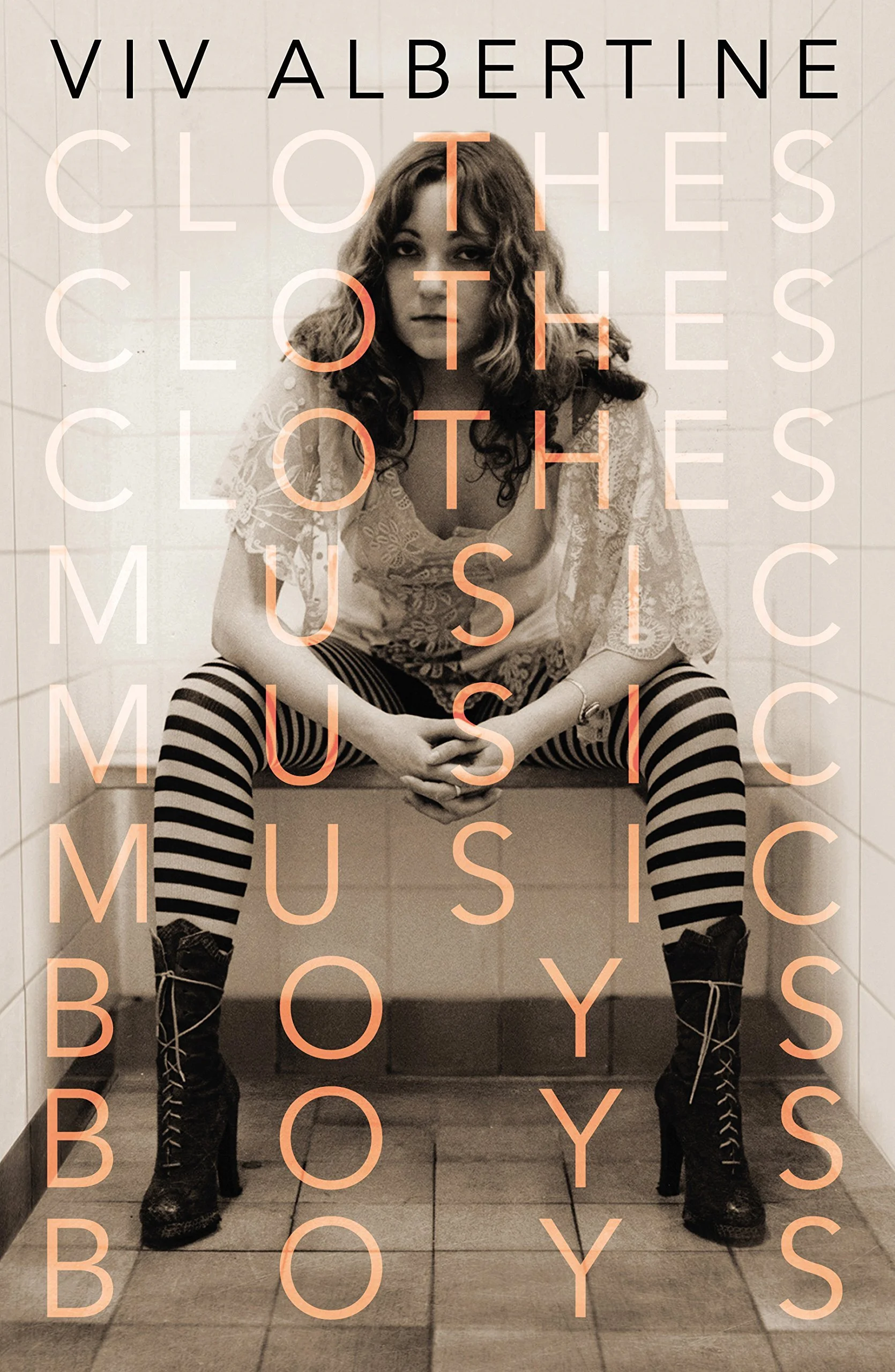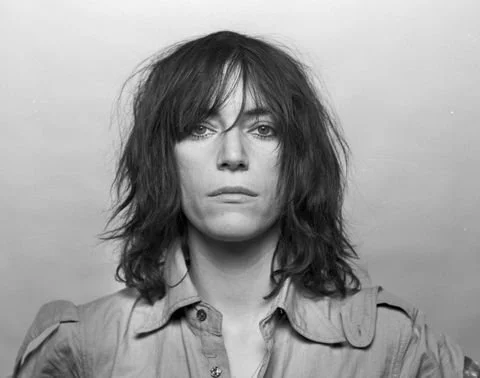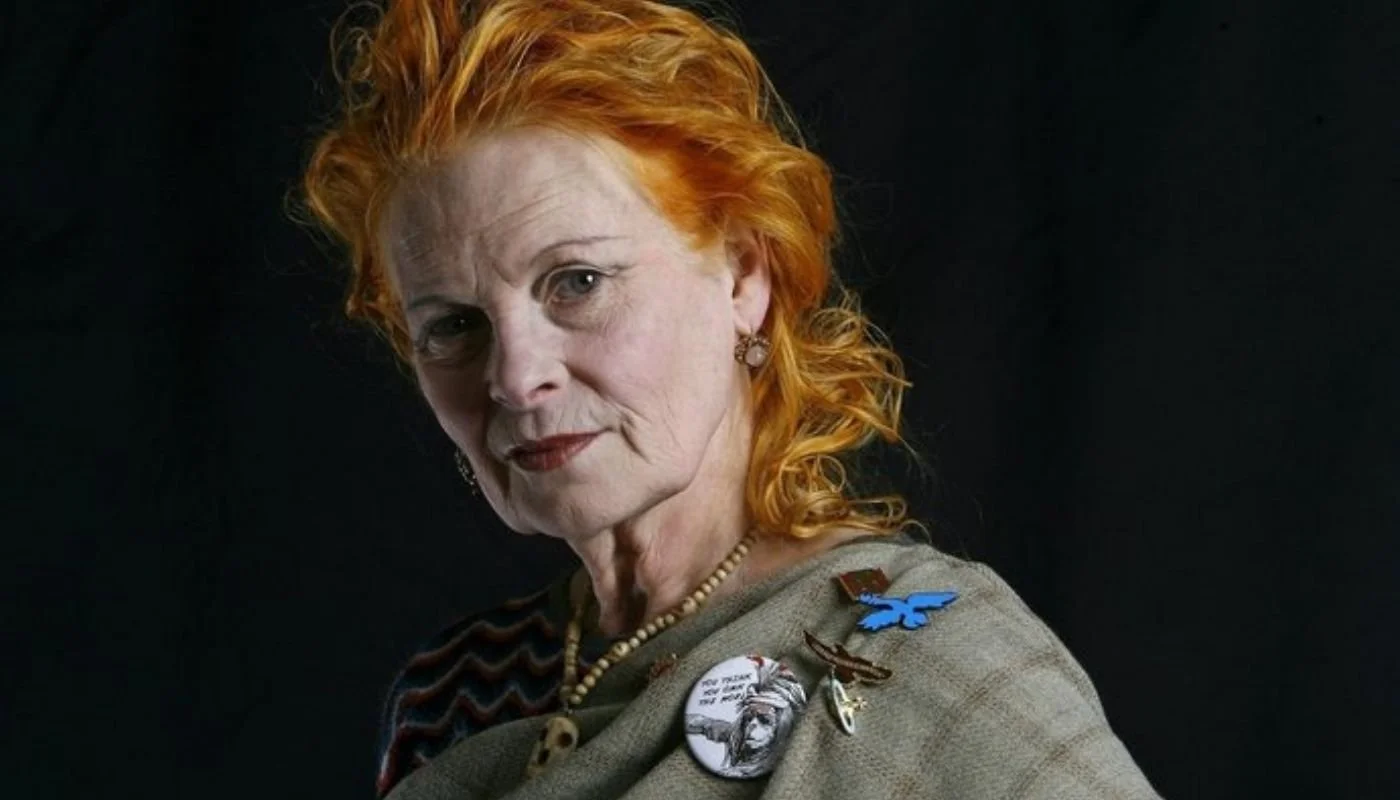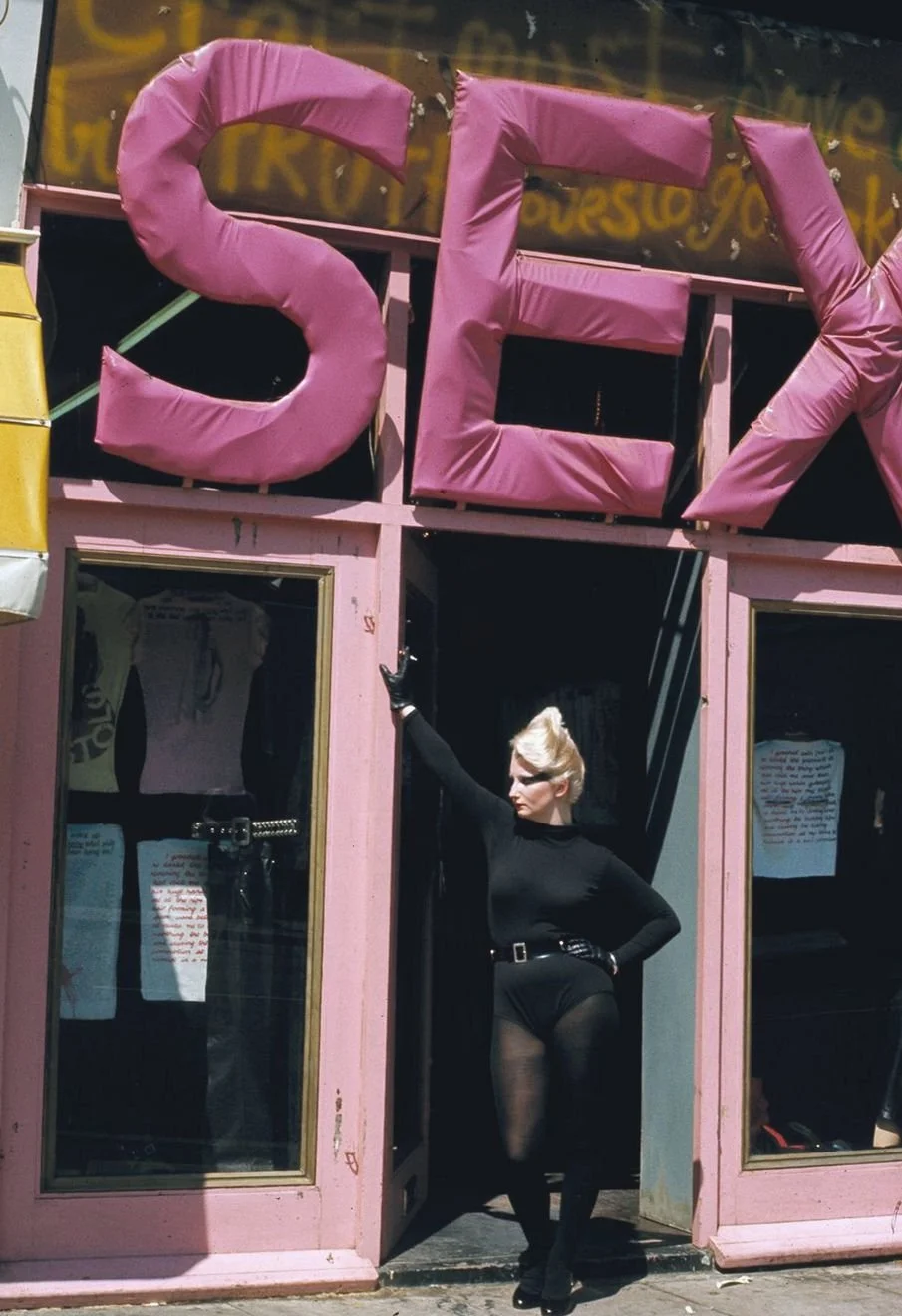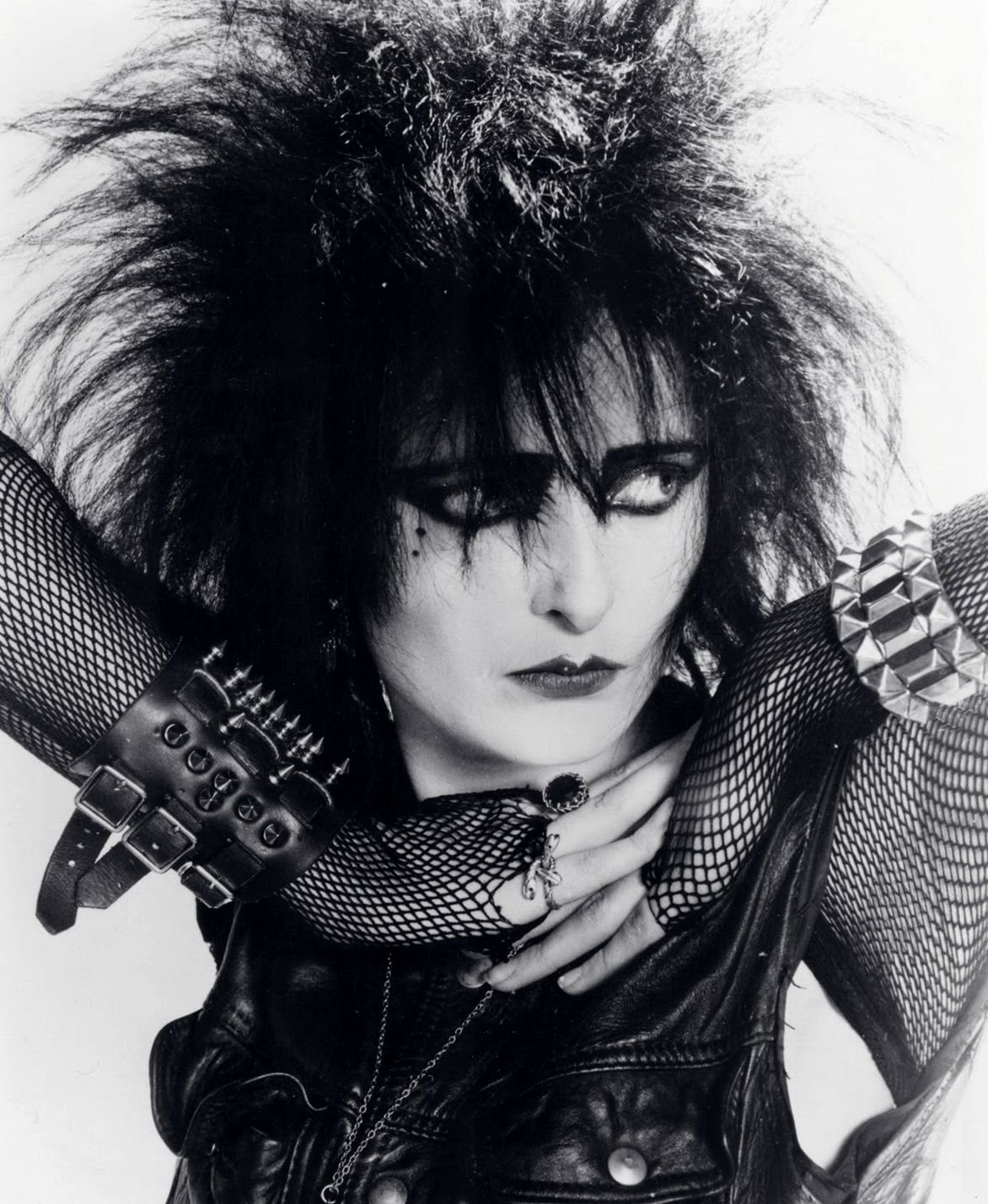Women in Punk: How Punk Changed Feminism
BY ELSIE KING
Today, one could argue that ‘punk’ has become a caricature of itself. The bright, wild hair, plaid clothes, and docs have become a uniform categorising a movement that was insistent on not being defined or confined by the mainstream. Yet, at its height in the late seventies, punk was a subculture that was much more nuanced than we might be tempted to see it today.
The origins of punk music stemmed from a generation disillusioned by the peace and love hippie movement of the sixties, which itself had grown stale, as well as a general frustration with the affluence and prestige that had become associated with mainstream rock music. Punk acted as a reactionary movement away from the defined conventions of music and restrictive societal norms. This reaction blossomed into a social subculture that placed an importance on self-expression, displayed anti-establishment thinking, and rejected and ridiculed society’s rigid and uptight morales.
For women this provided a new opportunity to move away from the defined ideals of femininity and take up space in male-dominated spheres, such as rock music. However, this change wasn’t always easy. Even within the movement, women experienced blatant sexism and hyper sexualisation, and with bands like the Sex Pistols and The Clash dominating the scene women had to fight for their place in the spotlight. Yet their contributions aided in creating new role models for women, women who did not fit the mould of the conventional quiet and subservient girl, but instead dressed, thought, and behaved how they pleased. Here are a few of those women.
Viv Albertine
Viv Albertine performing with The Slits
Known most prevalently as a guitar player in The Slits, whose 1979 album ‘Cut’ placed them firmly among the greats of punk, Viv Albertine rallies against the projected ideals of femininity and the role of the woman. Credited as the main songwriter for The Slits, the political voice present in her songs provided a generation of women anthems for their discontent and a sound to rally around. This is particularly evident in the track ‘Typical Girls’, which brings into question the expectations placed on women, and their commodification as objects for a male consumer.
This voice continues in her 2014 autobiography Clothes Clothes Clothes. Music Music Music. Boys Boys Boys. The book provides an unsentimental recollection of her time at the height of the punk movement, and the challenges that she and other women contended with within it, as well as exploring the sense of misplacement encountered by many women upon hitting middle age.
Clothes, Clothes, Clothes. Music, Music, Music. Boys, Boys, Boys. by Viv Albertine (2014)
Albertine stood her ground in the face of sexism within the industry. On multiple occasions within her book she details the difficulty they faced even obtaining a record deal and the attempts of high-powered male employees to mould the band into a more sexually profitable business endeavour. Albertine states: “When girls have an opinion, and the manager is a man, sexual politics rears its ugly head. They don’t hear, 'We don’t want to play those kinds of venues, we’re trying to create a whole new experience, so even the venues we play have to be thought about carefully.' They hear, 'I don’t want to fuck you.' They try and treat us like malleable objects to mould or fuck or make money out of.”
Albertine’s stoicism in the face of sexism allowed the band to represent themselves on their own terms, providing an example that not only could a female band exist, but they could present themselves as they desired. Through her honest writing, both in the forms of books and songs, Albertine is an inspiring example of what women can achieve when they shut off male-centred or internal criticism and pursue their desires.
Patti Smith
Patti Smith
Patti Smith is both an acclaimed novelist and singer songwriter. Her auto-biographical tale Just Kids (2010) chronicles her rise to success in 1970s New York as well her passionate and tumultuous relationship with artist Robert Mapplethorpe. Through both her musical discography and her writing Smith provides a progressive exploration of themes such as gay rights, with a sensitive understanding of Mapplethorpe's homosexuality, womens rights and her personal experiences as a forerunner in the Punk movement.
Her work is led by a sense of love, passion and sensitivity. It is through this talent she has served as an inspiration for many young women, with Albertine describing in Clothes, Music, Boys that:
“Listening to Horses unlocks an idea for me - girls’ sexuality can be on their own terms, for their own pleasure or creative work, not just for exploitation or to get a man... It’s emancipating. If I can take a quarter or even eighth of what she has and not give a shit about making a fool of myself, maybe I can still do something with my life.”
Smith’s unrestrained self-expression evidently provided young women, of both then and now, an example of the beauty of liberated thought, and the freedom that came with it. Smith did not bend to the mainstream expectations of her music and never moulded herself to the male gaze, and is an example of the strength of work that can arise from this, providing a rich source of inspiration for women to come.
Vivienne Westwood
Dame Vivienne Westwood
Dame Vivienne Westwood is a woman who can be credited with defining the look of punk and redesigning attitudes towards clothing and high fashion. Beginning at her co-owned SEX boutique in King’s Road, Westwood rallied against both the modest constricted designs of mainstream fashion and the soft beauty of the hippie era. She experimented with brash slogans, atypical cuts and exposed seams, elements of which can still be seen in fashion today.
Westwood remains a cultural icon. Awarded both a damehood and the title of ‘British Fashion Designer’ three times, her designs now carry a heavy price tag and are often sported by high profile celebrities. Despite her success, Westwood still retains the punk-instilled political awareness of her origins, and rallies for causes such as the Campaign for Nuclear Disarmament and various civil rights groups.
Throughout her time in the punk movement and beyond, Westwood has been hugely influential. As Albertine describes in her autobiography:
‘She has a confidence I haven't seen in any other woman. She’s strong, opinionated and smart. She can’t beat complacency. She’s the most inspiring person I’ve ever met.’
Westwood and Malcolm McLaren’s SEX boutique
Although Westwood does not consider herself a feminist, she inadvertently changed the landscape for women in fashion through her own personal strides in the industry. Westwood is the perfect example of the capacity for women to pursue high-stakes careers and simultaneously reject the constrictions within them, reshaping the world around them with a lasting cultural impact.
Siouxsie Sioux
Siouxsie Sioux
Siouxsie Sioux’s unique style set her apart from the other major bands in the punk movement. With black hair, red lips and dark eye makeup becoming her trademark look, she can be credited with popularising the Gothic style and marking the beginning of the movement into the post-punk era. Siouxsie Sioux’s visual uniqueness, alongside her distinct vocals, and the high calibre of music that she was producing, demonstrates a clear capability that provided a new example of what women can achieve.
Siouxsie’s commercial success, with songs appearing in the charts, as well as numerous critically acclaimed albums, was a major development for women's role in music. In the infancy of punk, women were not often major players in the music being produced, with there being a distinct lack of female frontwomen. Alongside The Slits, Poly Styrene from X-ray Spex, and Chrissie Hynde of The Pretenders, Siouxsie Sioux helped change the secular male environment of the punk scene. Her rise to success was hard-earned, failing to get a record deal on account of her sex for several years. Yet the richness and commercial success of her work highlighted her capability and the ignorance of the sexist attitudes that had held her back. Where Sioux proved her competence she carved a path behind her, ultimately providing opportunities for women to follow.
Like any movement, punk had flaws. The rising amount of drug use, tendency towards violence and distinct lack of people of colour certainly pushed it towards its inevitable fall, replaced by fresh styles and ideologies as the movements before it. Yet its impact on feminism is undeniable. As the women above demonstrate, punk provided an environment that allowed fresh opportunity for self-expression and an environment in which a rejection of patriarchal values was celebrated. The women of punk created a new world in which women were no longer expected to bend to the male gaze of quiet delicacy, but could take up space however they desired. The impact of this is certainly evident in the fashion and music industries, with there being a vast increase in the number of female creators since the 1970s and more women taking on high-power managerial roles. Punk itself was reborn in a new form in the early nineties, through a female charged initiative known as ‘Riot Grrrl’, which in its own right greatly revolutionised feminism. However, had these spaces of thought not been previously laid down by the early women of punk, such a movement would not have been possible. It must, therefore, be acknowledged that, in its own way, punk changed feminism forever.


